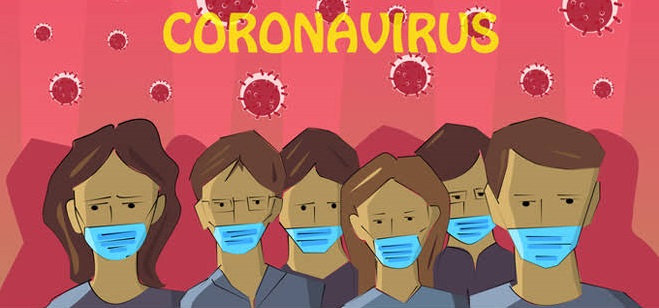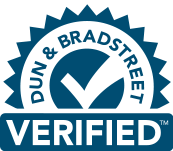
Q1- What Can COVID-19 Do to Your Lungs?
COVID-19 typically shows symptoms of an upper respiratory tract infection, along with cough and sore throat. The virus further moves down the throat and infiltrate the lower respiratory tract. After reaching there, it wreaks havoc to the lung’s tiny air sacs, known as alveoli. It’s that part of the lungs where oxygen enters the blood and emits carbon dioxide concurrently.
This results in inflammatory cells and fluid in the alveoli. This leads to difficulty of optimum oxygen levels to travel from the lungs into the bloodstream affecting other organs to function smoothly. Vernacularly, this is stated as acute respiratory distress syndrome, or ARDS (rapid and prevalent lung damage compromising the body’s oxygen supply during serious pneumonia.)
Q2- When is a Patient Put on a ventilator?
When the lungs are so damaged that the body doesn’t suffice enough oxygen to breath properly. Thence a patient is kept on a ventilator to supply more oxygen to the patient’s body. To link a patient to the ventilator, healthcare experts implant a breathing tube down the throat and through the vocal cords. Ventilators provide optimum support to COVID-19 patients, but they’re no panacea. Remember, the equipment isn’t a treatment to rebuild injured lungs but instead buys time for patients to recover on their own.
Q3- If I’m on a ventilator, am I awake?
Damaged lungs are delicate. When a patient is put on a ventilator, he/she is put to sleep through sedating and pain-relieving medicines. Doctors continue to use these meds even after intubation (inserting breathing tube). The patient is unconscious throughout the treatment and can’t talk. Moreover, intubation can cause coughing and nausea and can be uncomfortable, therefore sedating medications help patients to respond comfortably.
Q4- How can you tell if someone on a ventilator is getting better?
Healthcare workers control the mechanical ventilator features including how much oxygen should be delivered. As the patient’s condition improves, the doctors decrease the amount of oxygen supplied by the machine. Regular supervision tracks oxygen supplies and heart rate, while blood samples from an artery in the wrist help doctors to measure the oxygen level in the patient’s blood.
Q5- What if the patient isn’t getting any better?
Despite effective intubation, clinical trial drugs, or other COVID-19 specific therapies, the patient might not respond. If the patient’s oxygen levels continue to drop, the responsible doctor might discuss about “prone positioning.” This means the patient lies face down in bed for most of the hours during a day. Moreover, some hospitals equipped with a dedicated rotating bed for this kind of situation and some gently roll the patient over. This helps the easy blood flows through a different part of the lungs so that it doesn’t pool with gravity in the damaged surface of the lungs. Though it might sound a bit odd, many researchers have considered prone positioning lifesaving as it reduces mortality in severe lung failure especially in COVID-19.
Mechanical ventilation is an essential medical equipment and the world is facing a sever crisis of paucity of ventilators. Sphinx Worldbiz Ltd in association with TimeTooth Technologies have come together to develop an open source release model-based design for low-cost emergency mechanical ventilators. To facilitate their efforts, you can be a part of their fundraiser for developing the ventilator design. The design is essentially:
- Medical grade development to address the appropriate Qualification Test Schedule.
- Durable design for COVID-19 patient duty cycles (5 – 14 days at a stretch)
- Operational modes designed especially for COVID-19
- Predominantly Indian sourcing and manufacturing
- Low cost
- Open-source design release
- Sustainable Product
Q6 How Can People Help to Bring a Change?
If you feel like contributing, please follow the below mentioned links:
For international contributors:
https://www.gofundme.com/f/covid19-india-ventilator-development-project
For contributors in India:
https://www.ketto.org/fundraiser/Covid19-indian-MedicalGrade-Rugged-LowCost-ventilator
 +91-120-4736400
+91-120-4736400 info@sphinxworldbiz.com
info@sphinxworldbiz.com
















